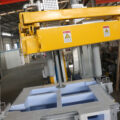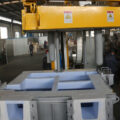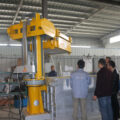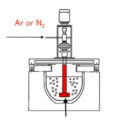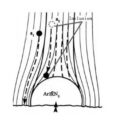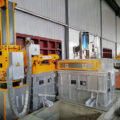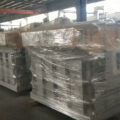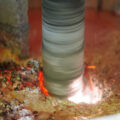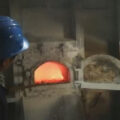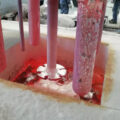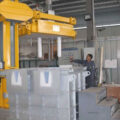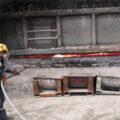Aluminum degassing method is to spray inert gas into molten aluminum to achieve the purpose of removing hydrogen. In addition, aluminum degassing method is also considered to be a very effective way to float impurities. Two main theoretical models have been proposed to explain the principle of degassing. The macro model assumes that the removal of each impurity is similar in nature. The microscopic model, that is, according to this theory, due to the higher vapor pressure of hydrogen, the dissolved hydrogen diffuses into the injected aluminum liquid. Theoretically speaking, after inclusion with a diameter of 10 microns is in contact with a bubble, it is adsorbed on the bubble and floats to the surface of the liquid.
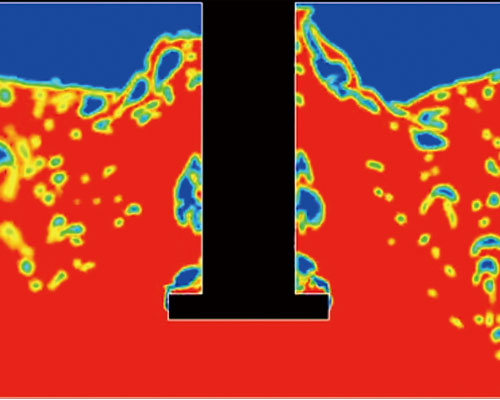
Larger inert bubbles are divided or cut into smaller bubbles to effectively remove hydrogen from the melt. However, many of these degassing systems use expensive and complex rotor and shaft designs, which increase the cost and life of the shaft and rotor. A groove is designed at the end of the rotary gun, which can effectively cut inert bubbles into fine dispersed inert bubbles throughout the whole melt. In addition to being cheaper than a typical shaft and rotor design, the rotary lance is more durable and requires less downtime.
There are four factors that affect the removal rate of hydrogen and inclusions in molten aluminum:
1) Metal flow or volume
2) Inert gas flow
3) Diffusion of inert gas
4) Contact of inert gas and impurities.
Studies have shown that the shorter the distance the hydrogen needs to travel to reach a bubble, the faster the degassing speed. In addition, the longer the contact time between bubbles and molten metal, the greater the possibility of improving degassing efficiency. For these reasons, when degassing, a narrow and deep degassing container can make the degassing effect better.
In addition to adsorbing hydrogen, degassing also allows more oxides to be adsorbed on the bubbles. This reduces the amount of refining agent and reduces production costs.
The principle of aluminum rotary degassing method is to increase the surface area of intercalation gas exposed to metal. The larger surface area increases the transfer rate from metal to inert gas. For a given gas volume, the smaller the bubble size, the larger the surface area.

